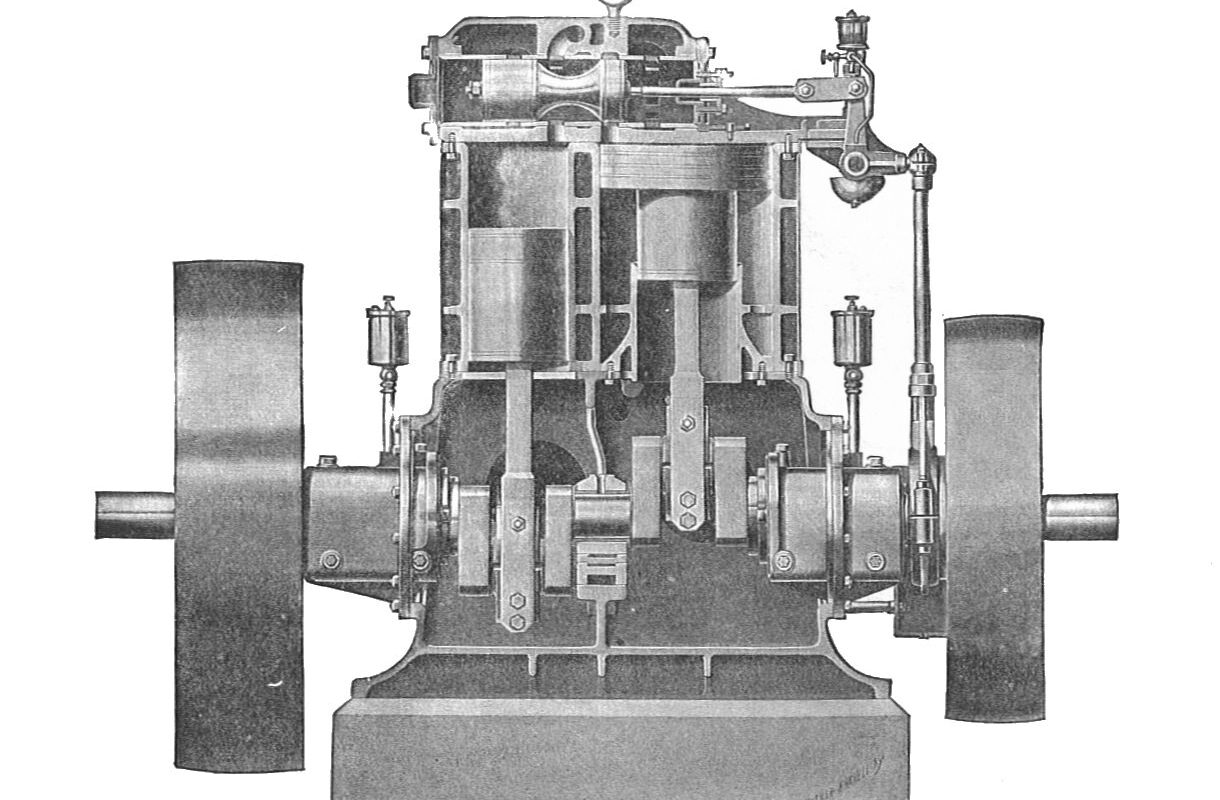The demand for higher speeds and faster transportation has pushed engine manufacturers to develop engines with ever-increasing capabilities. High speed engines power jets, rockets, racing cars, and other applications where maximum velocity is desired. Let’s take a closer look at some of the challenges in developing high speed engines and how engineers are pushing past boundaries.
Aerodynamic Design
One of the most critical aspects of a high speed engine is its aerodynamic design. At speeds exceeding 500 mph, aerodynamic drag becomes a significant hindrance. Engine designers must carefully shape the engine housing and components to minimize drag. Advanced computational fluid dynamics (CFD) modelling allows designers to virtually test countless design iterations to optimize airflow. Exterior components like air intakes and ducts are contoured for smooth, laminar airflow. Interior components are strategically placed to prevent turbulent eddies from forming. These aerodynamic optimizations are critical to achieving top velocities.
Cooling Systems
Another major engineering challenge is cooling the engine components effectively at extreme speeds. High rpm operation and compression ratios generate tremendous heat that must be removed to prevent catastrophic failure. Sophisticated liquid and air cooling systems circulating coolant at high flow rates maintain optimal operating temperatures. Channels formed within components boost heat transfer surface area. Thermoelectric generators in some applications convert excess heat to electricity for engine functions. Advanced heat-resistant alloys withstand heat stresses. Together, these cooling innovations allow high speed engines to endure intense thermal loads.
Fuel Delivery Systems
High performance fuel delivery systems precisely meter and inject fuel into the combustion chambers. At velocities over 1000 kph, positive displacement fuel pumps capable of multi-gallon-per-minute flows are needed. Piezoelectric fuel injectors open and close in microseconds to atomize fuel for optimal combustion over a wide rpm range. Continuous fuel pressure and metering ensures stable operation during acceleration, braking, and turns. Precise fuel-air mixing by adjustable injector sprays maximizes power output and minimizes emissions. These advanced systems provide the finely tuned fuel proportions required for reliable High Speed Engine operation.
Force Generation
Powerful pistons, turbines, fans or rocket motors within the engine are what generate the immense forces needed to propel vehicles at supersonic speeds. Novel engine architectures exploit technologies like boosted compression ratios, optimized combustion chambers, and expanded power bands. Turbochargers and superchargers cram extra air into cylinders to boost combustion energy output. Liquid-cooled alternators convert exhaust heat to additional electric power. High-strength lightweight alloys and tight manufacturing tolerances let components withstand stresses from sonic booms and extreme g-loads. Innovative engine designs continue pushing boundaries to unleash record-setting forces.
Propulsion and Drive shafts
Transferring an engine’s massive torque to aviation flight surfaces, wheels or propellers poses unique challenges at high speeds. Advanced gearing and driveshaft assemblies precisely transmit mechanical power while absorbing vibrations. Powerful servomotors manipulate aircraft control surfaces with split-second response. Limited-slip differentials and carbon-fibre drive shafts feed torque to tires with minimal power loss. Rocket engines use turbopumps and complex thrust vectoring to safely direct combustions gases. Smart fluid couplings engage power smoothly during acceleration yet still withstand transient forces from extreme maneuvers. Reliable propulsion systems are paramount to mastering supersonic and hypersonic velocities.
Advanced Avionics Integration
Modern high speed aircraft rely heavily on integrated digital avionics to optimize flight performance and stability. By precisely coordinating engines, aerodynamics and flight control surfaces, avionics maximize ranges, endurance and velocity. Multicore engine control units (ECUs) monitor hundreds of sensors in real time, governing fuel/air ratios, ignition timing, and other parameters for constant engine optimization. Vehicle management computers coordinate electrical, hydraulic and mechanical power distribution for optimal propulsion-control coupling. With CFD analysis and sensor fusion, AI-enhanced avionics will push aircraft to fly faster and more autonomously than ever.
Emerging Propulsion Options
Engine researchers are developing advanced concepts promising even higher speeds. Rotary rocket engines can spin for continuous thrust. Particle beam propulsion may accelerate objects using focused energy beams. Nuclear powered jets or fusion rockets could reach hypersonic velocities. Revolutionary propulsion methods utilize scramjets, magnetic fields, antimatter reactions or altered inertia. Experimental fluorine, nuclear salt water or precooled jet engines aim for drastically higher combustion temperatures. Hybrid-electric plane designs foresee battery power boosting takeoff and accelerating to Mach 3+. Military programs foresee reusable rocket-turbine planes flying at Mach 6 for rapid logistics. As engineering pushes boundaries, the fastest sustained engine speeds may still be on the horizon.



